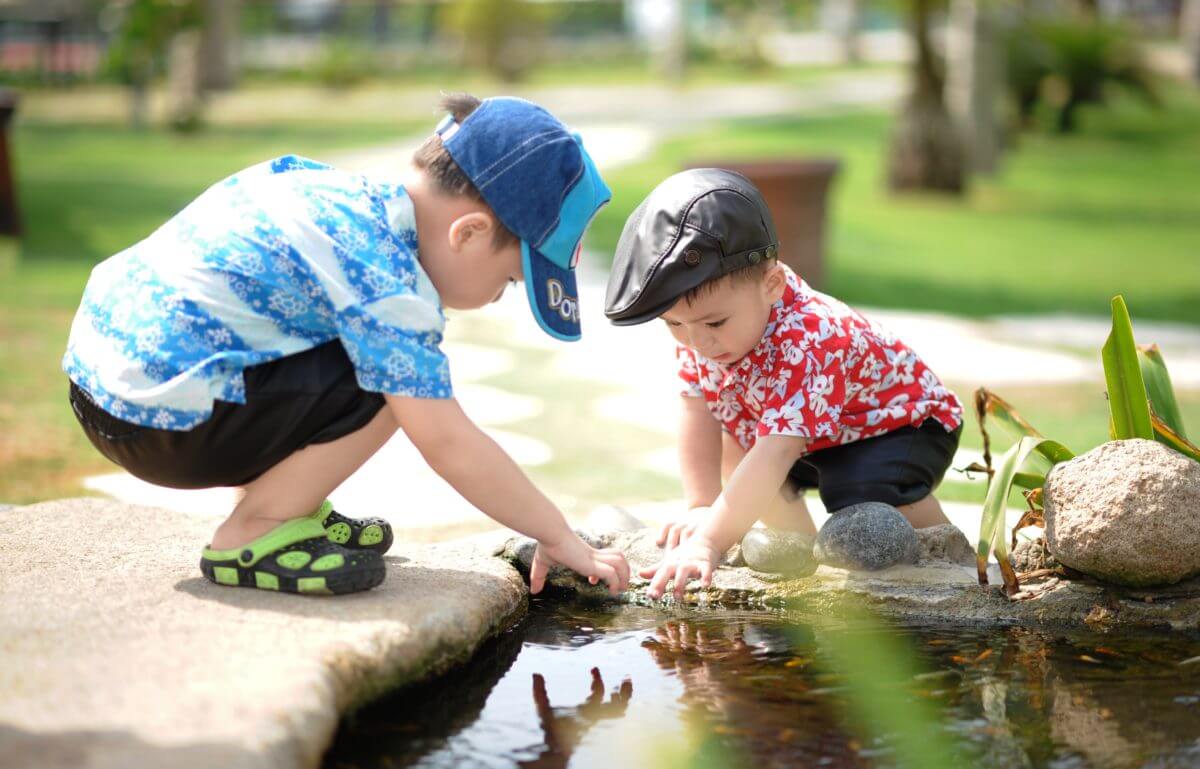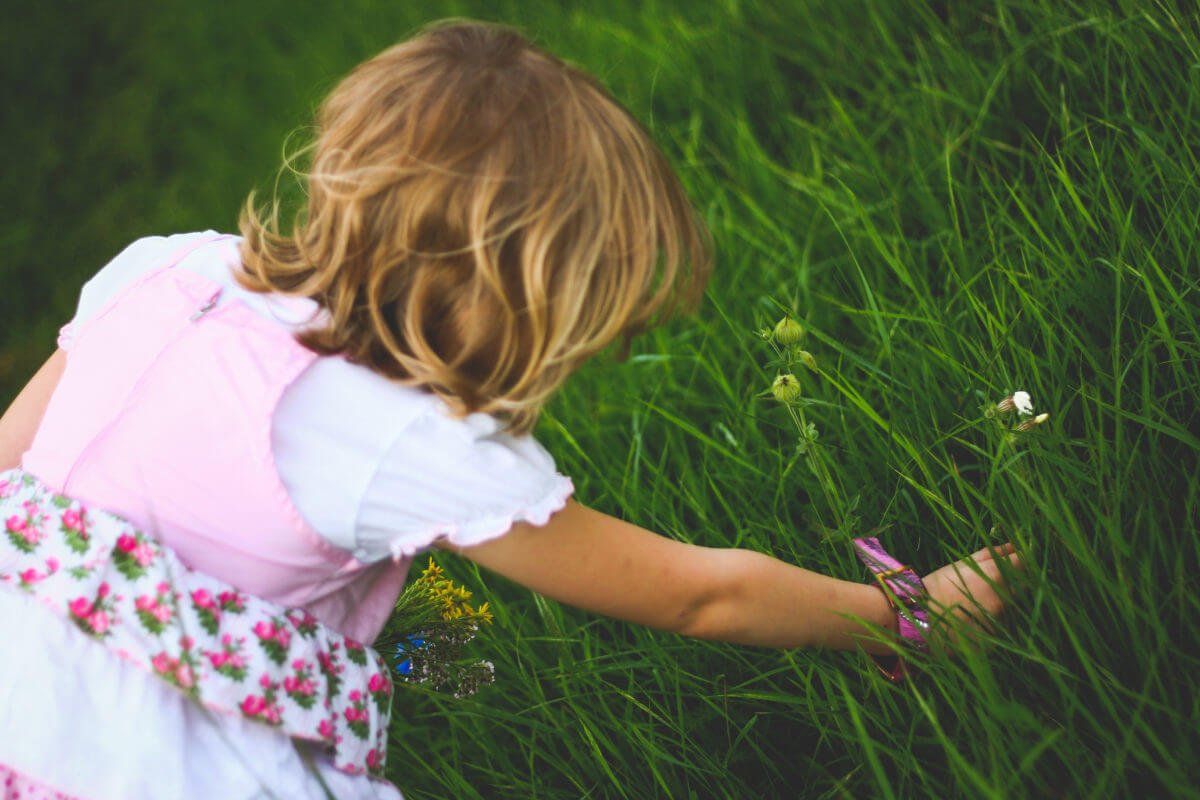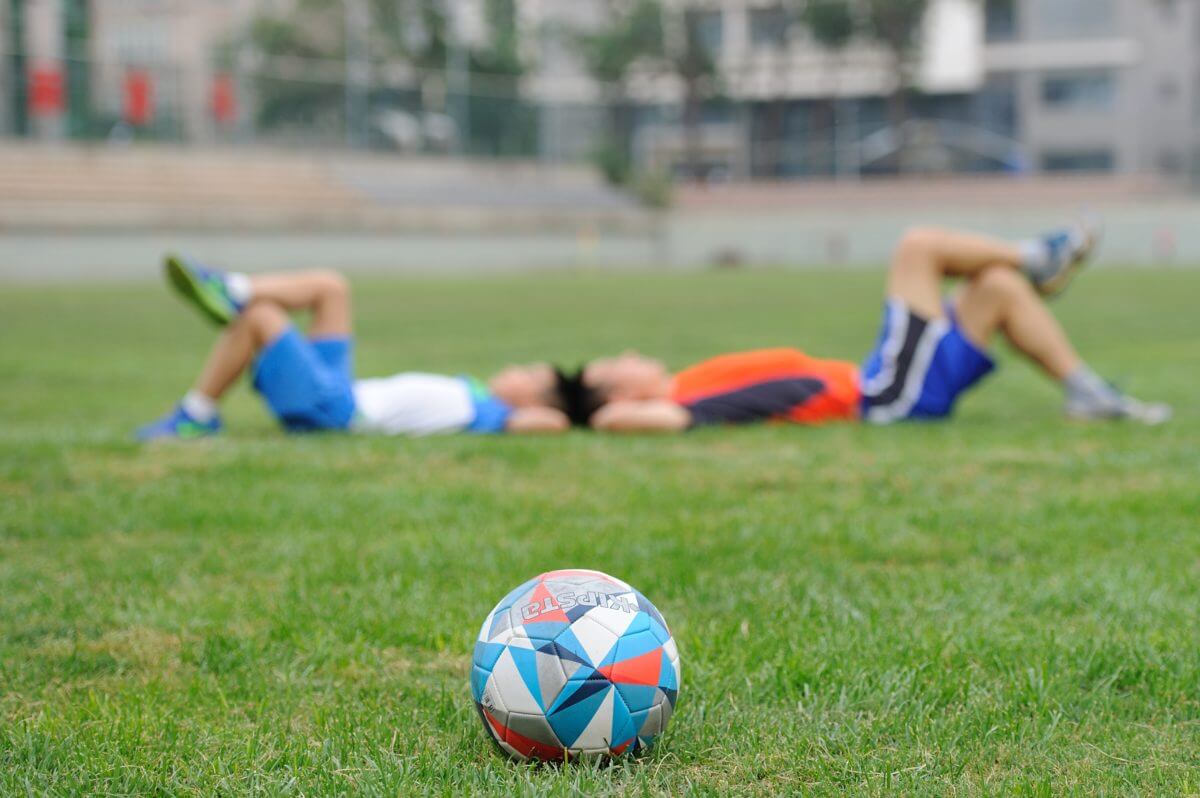Play spaces provide a nice environment where families and friends can have fun, relax and bond together. It encourages children to be creative and explore playing and learning with freedom. Creating your own garden play space offers all those qualities in your own home whenever you want them, but designing an ideal play space and making it both engaging and safe needs some thought. Here are some key qualities of a good garden play area.
Durability
The equipment in your playscape should be able to cope with the four weather seasons. They must also be strong enough to carry you and your children without collapsing. Metal, plastic and certain woods are some of the best materials you can consider.
Appearance
It will be wise if you utilize your yard by using equipment that does not occupy a lot of space. The equipment should also match some of the equipment you already own to make the place look attractive.
Safety
Injuries at the playscape should be avoided at all costs. You can improve your playscape’s safety by adding sand, mulch, rubber or gravel to the surface. Painting and sealing of woods is good to prevent splinters. Coating swing chains with a layer of plastic also prevents delicate fingers from getting pinched.
Flexibility
Designing the playscape in the simplest way possible is encouraged. This allows your children to be creative and design it further so as to make their play even more enjoyable. Children will be able to turn simple elements such as a blackboard or a sandbox into something fantastic.
Budget
Making the playscape simple will benefit the children and also help you cut a lot of costs. This can be done by utilising some of your old elements such as worn-out tires which are cheap and may also spur more creativity from your children.
Climbing Options
Many children love trying new things, with climbing a healthy exercise that helps their upper body to build grip and strength. You can encourage them to climb play equipment or even trees by having a ladder on a tree at a safe height. You can also have a rope net to guarantee them a safe climb and fall or better yet purchase play sets that have pre-built ladders and ropes. These sets also contain perches including other landing points which enable the children to stand or sit on them. Other climbing pieces you can buy include walls with nubby protrusions that can be used for rock climbing or you can size a hill nicely in your own design.
Swing
This is one thing you can never fail to include in your playscape. Almost all children love the idea of swinging, hanging and spinning. All you have to do is provide a soft landing area that will guarantee the safety of the children to prevent you from getting nervous as they play on the swing. There are a variety of swings you can use, from the old tire swings to the monkey bars. But you should always ensure that the grips on the monkey swing are smooth to prevent your kid from getting frustrated.




